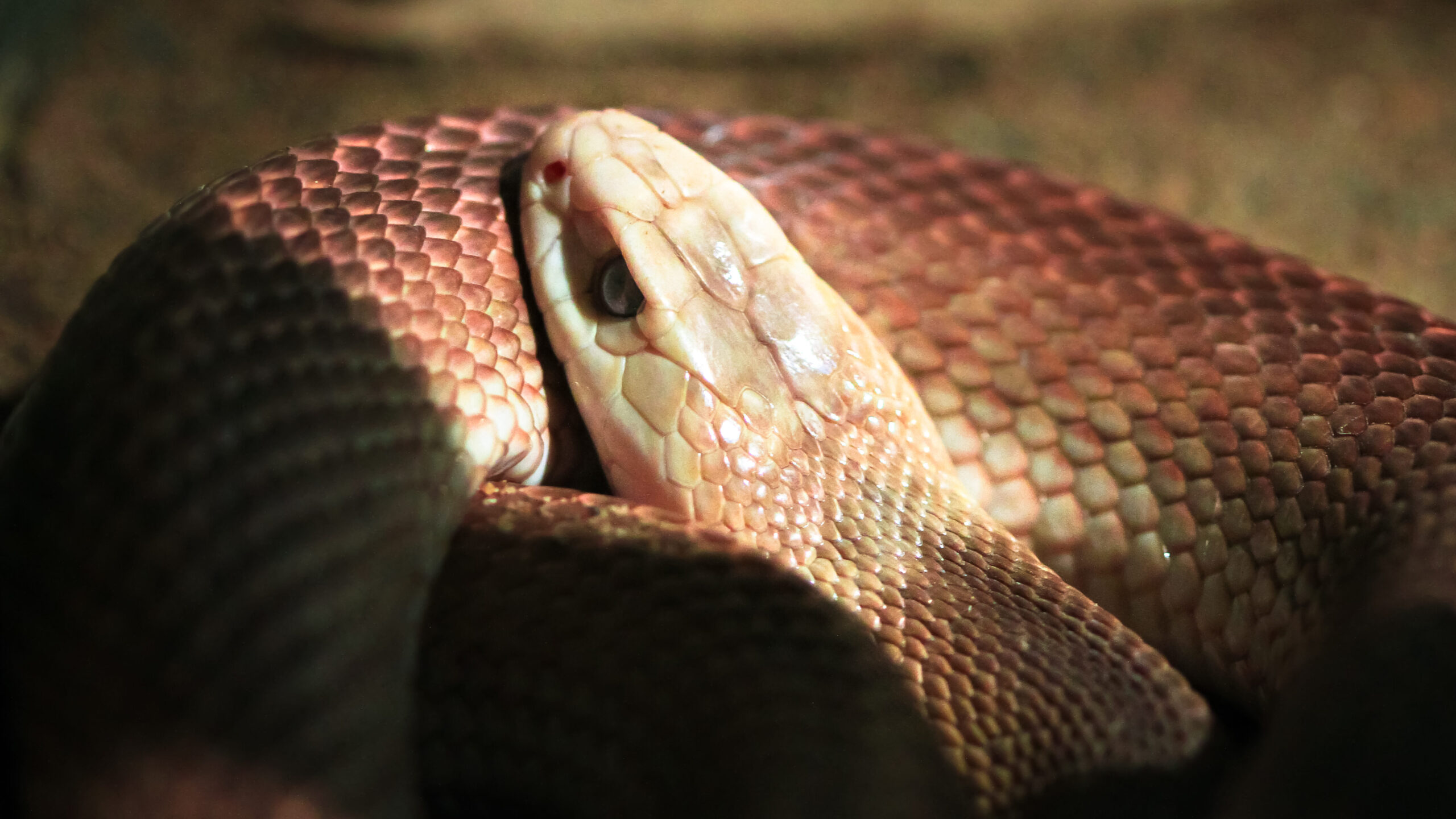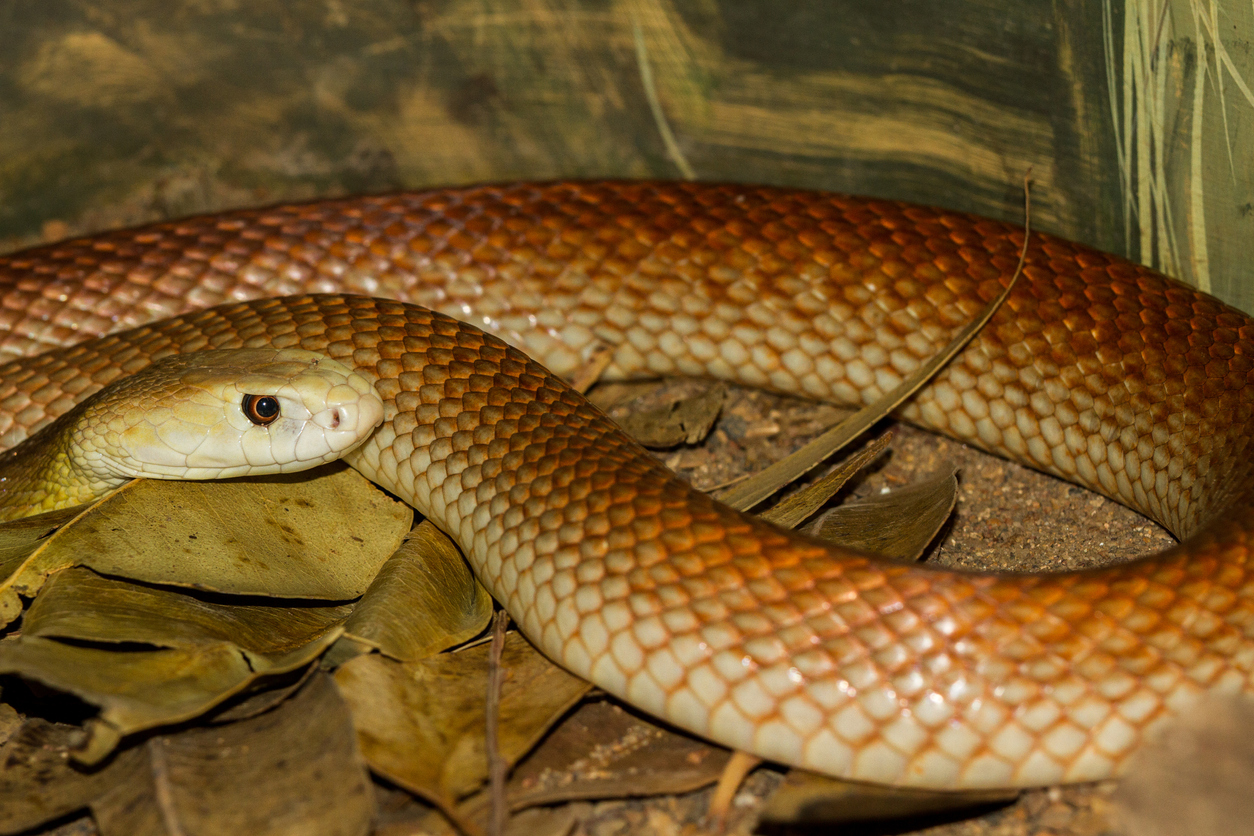Introduction
When it concerns the fascinating globe of serpents, couple of species record the imagination fairly like the child tiger serpent. Recognized for their unique coloration and powerful venom, these snakes are an important part of Australia's special community. In this extensive article, we will explore different elements of child tiger serpents, including their actions, environment, and exactly how to securely engage with them. Whether you're a wild animals enthusiast or merely curious regarding these creatures, comprehending infant tiger serpents can help promote a much deeper appreciation for nature.
Baby Tiger Snakes: What You Required to Know About Their Habits and Habitat
What Are Child Tiger Snakes?
Baby tiger most venomous snakes snakes are adolescent forms of the extremely poisonous species understood scientifically as Notechis scutatus These snakes are largely discovered in seaside areas of Australia, particularly in Tasmania and southerly Victoria. As they grow, their pigmentation adjustments from a much more soft scheme to the characteristic yellow and black bands that give them their name.
One significant element of baby tiger serpents is their dimension; hatchlings typically determine around 25-30 centimeters in length. In spite of their tiny stature, they possess a shocking amount of venom that can be harmful to people if bitten.
Physical Characteristics
Tiger serpents possess a number of crucial physical traits:
- Coloration: The distinct banding pattern commonly comes to be extra obvious as they mature. Size: Adults can reach sizes of approximately 2 meters. Body Shape: They have a durable body that aids in swimming and terrestrial movement.
Where Do Infant Tiger Snakes Live? Recognizing Their Habitat
Understanding the environment preferences of child tiger snakes is necessary for both conservation initiatives and public safety and security. These snakes grow in different settings:
- Wetlands: Marshes and swamps supply enough searching grounds. Coastal Regions: Often located near coastlines where they can hunt for prey. Woodlands: Thick greenery offers cover from predators.
Geographical Distribution
Tiger serpents are mostly found along Australia's southerly shoreline, consisting of:
- Tasmania: Home to among one of the most notorious populations. Victoria: Particularly in areas near water bodies.
Are Tiger Snakes Venomous? A Deep Dive into Their Venom
One common question develops when talking about infant tiger snakes: "Are tiger serpents poisonous?" The answer is an unquestionable yes!
Venom Composition
The venom of tiger serpents has neurotoxins that can cause paralysis, coagulopathy (blood clot concerns), and Australian snake facts potentially fatality if neglected. Here's what you need to know:
- Effects on Humans: A bite from a tiger snake can bring about signs and symptoms like swelling, pain at the bite site, nausea or vomiting, and also respiratory system failure.
Comparison with Other Poisonous Snakes
In contrast to various other Australian serpents such as the eastern brownish serpent or king brown serpent, tiger serpent venom is thought about among one of the most potent. Nonetheless, fatalities are unusual due to improved clinical treatments and access to antivenom.
Behavioral Patterns of Baby Tiger Snakes
Understanding just how child tiger serpents behave is critical for those who stay in or go to areas where these reptiles are prevalent.
Nocturnal Habits
Most infant tiger snakes show nocturnal habits. They often tend to forage for food throughout cooler night temperature levels. This versatility aids them prevent Brown snake bite predators while improving their hunting efficiency.
Hunting Techniques
Their hunting strategies include:
- Ambush Predation: Waiting stationary till target comes close. Active Foraging: Proactively relocating via greenery or along waterways looking for food.
First Help for Snake Bites: What You Ought to Know
Despite being fascinating creatures, experiences with child tiger snakes can bring about hazardous scenarios if bites take place. Understanding emergency treatment procedures can conserve lives.
Immediate Steps After a Bite
Remain calm; panic increases heart rate. Immobilize the impacted limb making use of a splint or bandage. Seek instant clinical focus-- antivenom may be necessary.Creating a Snake Bite Emergency Treatment Kit
A well-prepared first aid set should consist of:
|Thing|Objective|| ------------------------------|--------------------------------------|| Compression bandage|To debilitate the limb|| Splint|Stabilizes damaged bones or joints|| Antihistamines|Minimizes allergic reactions|| Emergency call numbers|Quick gain access to during emergency situations|
Common Myths Regarding Tiger Snakes Debunked
Many misconceptions surround these appealing reptiles; let's clarify some misunderstandings frequently held by people.
Myth # 1: All Tiger Snakes Are Aggressive
While some people might exhibit defensive habits when endangered, not all tiger snakes display screen aggression towards people unless provoked.
Myth # 2: Infant Tiger Snakes Are Much Less Dangerous Than Adults
This misconception might not be further from the reality! Infant tiger snakes consist of nearly as much poison as adults about their dimension; therefore they present considerable dangers if bitten.

FAQs Concerning Baby Tiger Snakes
What do infant tiger snakes eat?- They largely consume tiny creatures, birds, frogs, and fish.
- Look for slim bodies with pale banding patterns that end up being much more noticable as they mature.
- Yes! Birds of prey and larger reptiles may target them.
- Typically every few weeks as they grow rapidly throughout their early life stages.
- While some people do maintain them illegally without permits due to their hazardous nature; it's generally not advised provided their venomous status.
- With prompt medical therapy-- consisting of antivenom-- the survival rate is high!
Conclusion
In summary, comprehending baby tiger serpents-- what they eat, where they live, just how they behave-- can outfit us with useful knowledge regarding these amazing yet unsafe creatures. The value of education and learning surrounding emergency treatment measures can not be overstated; recognizing exactly how to respond successfully after a bite can save lives while promoting respect for our crawling neighbors within Australia's rich biodiversity spectrum.


By valuing these serpents' roles within communities-- and recognizing prospective risks-- we advertise conjunction as opposed to fear-based responses toward each other's existence in nature's grand tapestry! Whether you're an avid walker contemplating your following journey or just curious concerning local wildlife experiences near home-- this guide works as your relied on reference factor on the enigmatic globe inhabited by our close friends-- the splendid baby tiger snake!